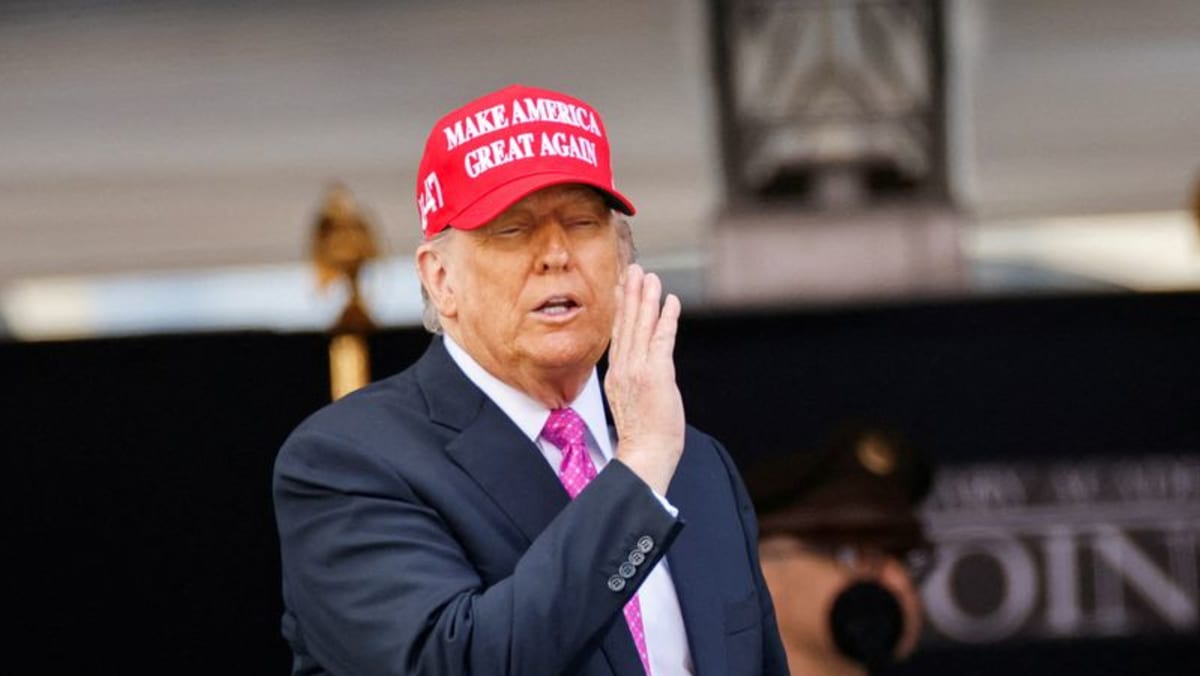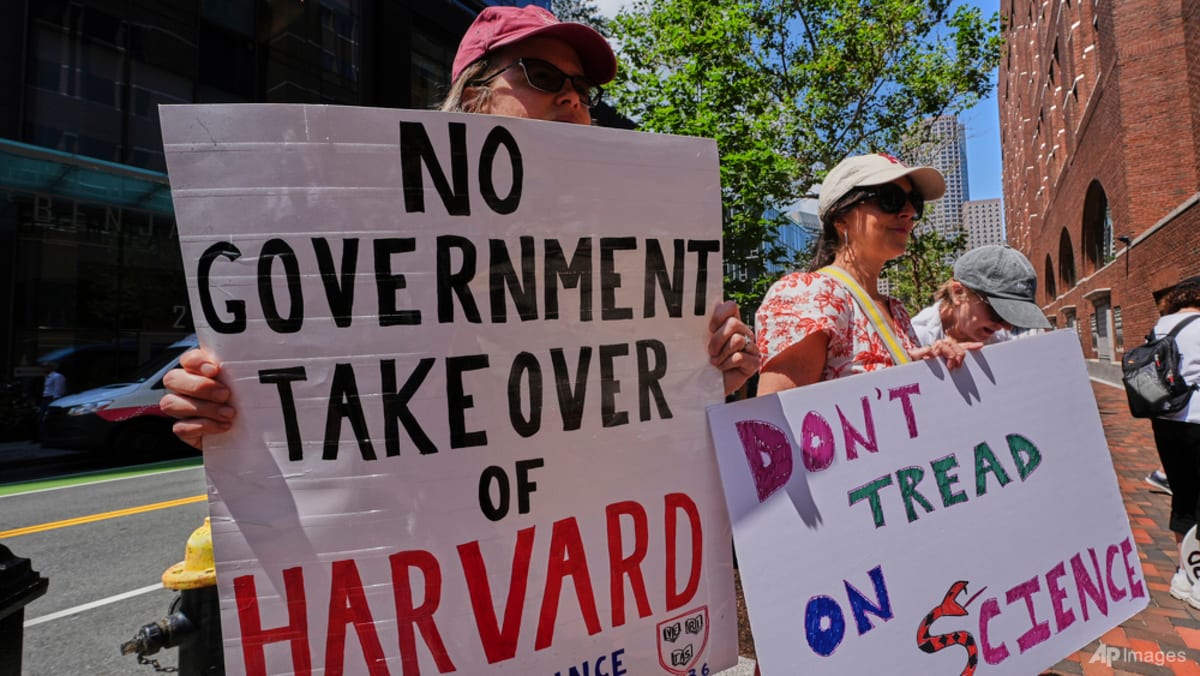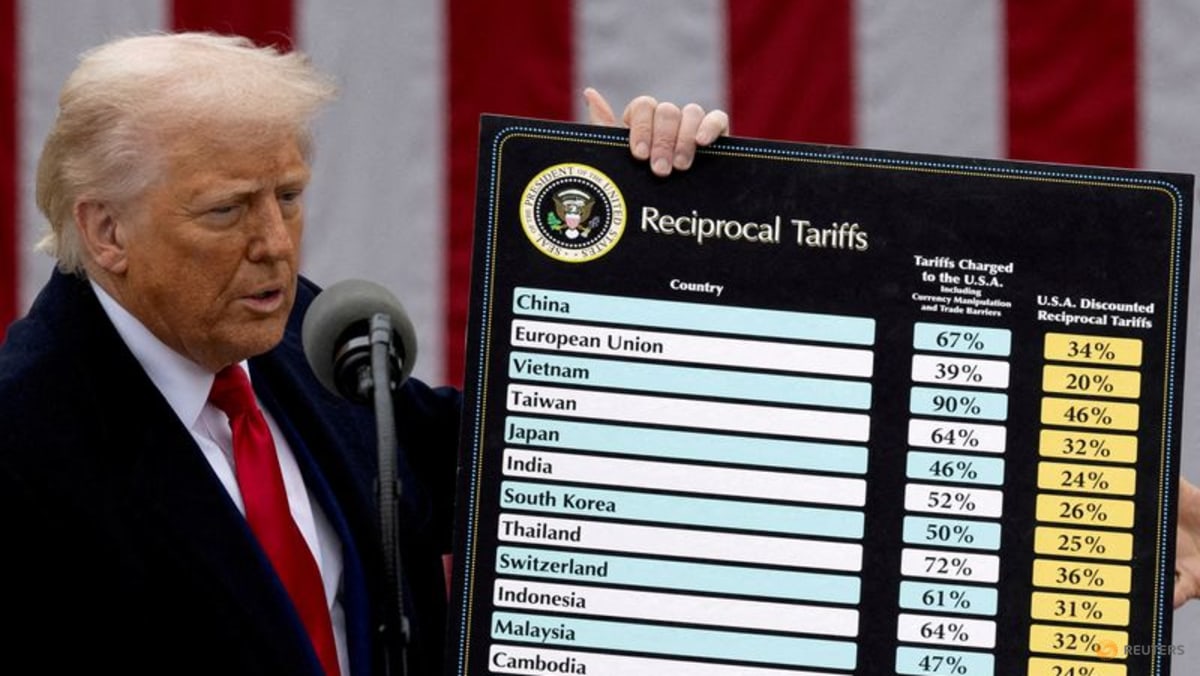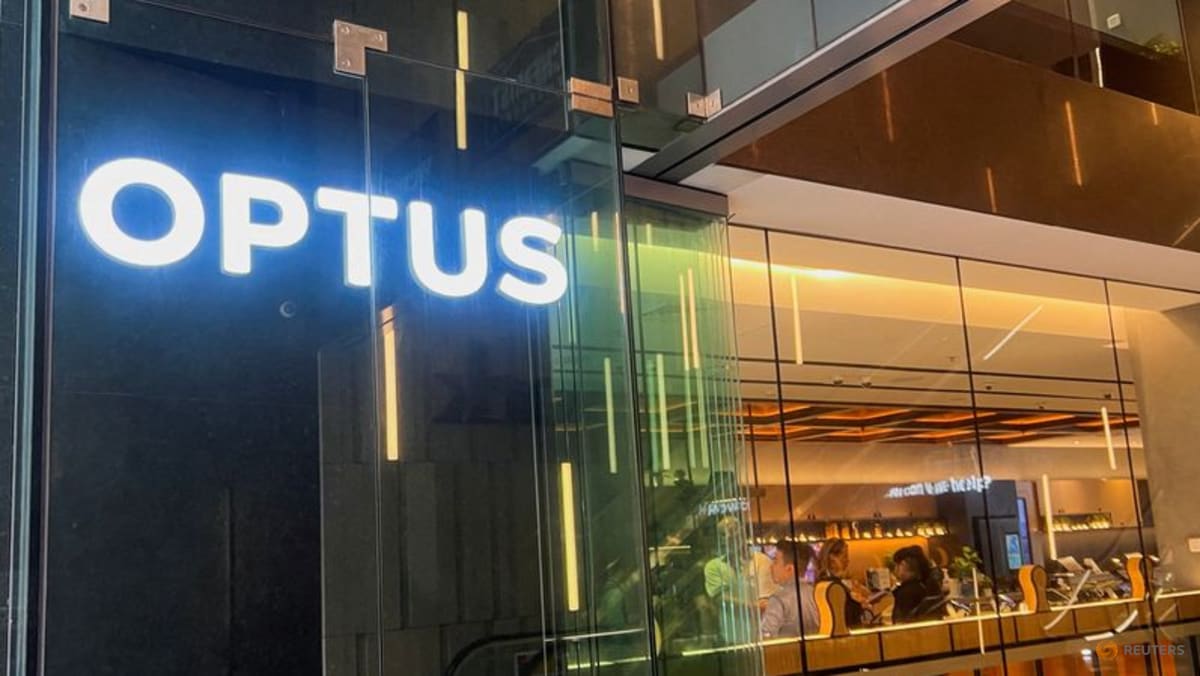“TRIAL BALLOON”
Since returning to the presidency in January, Trump has imposed a 10 per cent tariff on goods from almost all countries, as well as steeper rates on steel, aluminium and autos.
The effect on inflation has so far been limited, prompting the US leader to use this as grounds for calling for interest rates to be lowered by three percentage points.
Currently, the benchmark lending rate stands at a range between 4.25 per cent and 4.50 per cent.
Trump also argues that lower rates would save the government money on interest payments, and floated the idea of firing Powell. The comments roiled financial markets.
“Powell can see that the administration floated this trial balloon” of ousting him before walking it back on the market’s reaction, Sweet said.
“It showed that markets value an independent central bank,” the Oxford Economics analyst added, anticipating Powell will be instead more influenced by labour market concerns.
Powell’s term as Fed chair ends in May 2026.
JOBS MARKET “FISSURES”
Analysts expect to see a couple of members break ranks if the Fed’s rate-setting committee decides for a fifth straight meeting to keep interest rates unchanged.
Sweet cautioned that some observers may spin dissents as pushback on Powell but argued this is not necessarily the case.
“It’s not out-of-line or unusual to see, at times when there’s a high degree of uncertainty, or maybe a turning point in policy, that you get one or two people dissenting,” said Nationwide chief economist Kathy Bostjancic.
Fed Governor Christopher Waller and Vice Chair for Supervision Michelle Bowman have both signalled openness to rate cuts as early as July, meaning their disagreement with a decision to hold rates steady would not surprise markets.
Bostjancic said that too many dissents could be “eyebrow-raising”, and lead some to question if Powell is losing control of the board, but added: “I don’t anticipate that to be the case.”
For Sweet, “the big wild card is the labour market”.
There has been weakness in the private sector, while the hiring rate has been below average and the number of permanent job losers is rising.
“There are some fissures in the labour market, but they haven’t turned into fault lines yet,” Sweet said.
If the labour market suddenly weakened, he said he would expect the Fed to start cutting interest rates sooner.













